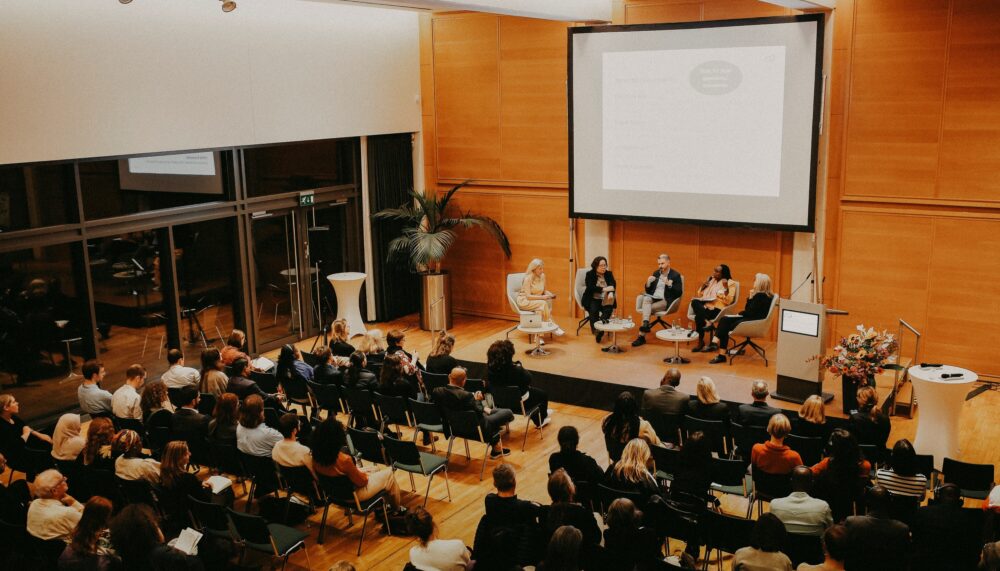1 Oct 1995
Peaceful Intervention
Structures, Processes and Strategies for the Constructive Regulation of Ethnopolitical Conflicts

The hopes for a more peaceful world following the end of the East–West conflict have evaporated. Between 1988 and 1990, the number of wars seemed to decline. After that, however, the trend that had existed since 1960 towards a virtually continuous increase in the number of military conflicts resumed. In 1993, the Netherlands-based PIOOM research group recorded a total of twenty-two wars involving over 1,000 deaths, and eighty-four wars involving a lesser number of victims.
Authors
Norbert Ropers
The overwhelming majority of these wars are not conflicts between different states, but intra-state disputes between rival political groups, or between these groups and the particular state concerned. A key role in identifying the warring groups is played by ethnic criteria, with the result that these disputes are often also described as ethnic conflicts. This kind of description should not, of course, be regarded as tantamount to an explanation—as if membership of a particular ethnic group automatically produced a situation conducive to conflict. In most cases, it is possible to point to a host of causes and material factors that have little to do with the ethnic features of the parties in dispute. It therefore makes more sense to talk about ethnopolitical conflicts, given that, as a rule, it is only when ethnic features are politicized that they acquire a key role in the conflict process.
As far as the ending of these wars and the peaceful resolution of the conflicts that underlie them is concerned, the fact that the disputes involved are predominantly intra-state ones is of considerable significance. The classic range of instruments used for resolving conflicts in the international system, imperfect as it is, was developed primarily to cope with inter-state quarrels. But the (old and) new ethnopolitical tensions call for intervention by the international community in the internal affairs of states. How can this intervention be organized in a peaceful way? What kinds of actors are appropriate for peaceful intervention: What structures and processes are crucial to the success of the intervention? What strategies, if any, are available for dealing with ethnopolitical conflicts?
Thanks for your interest
If you find this publication useful, please consider making a small donation. Your support enables us to keep publishing.








